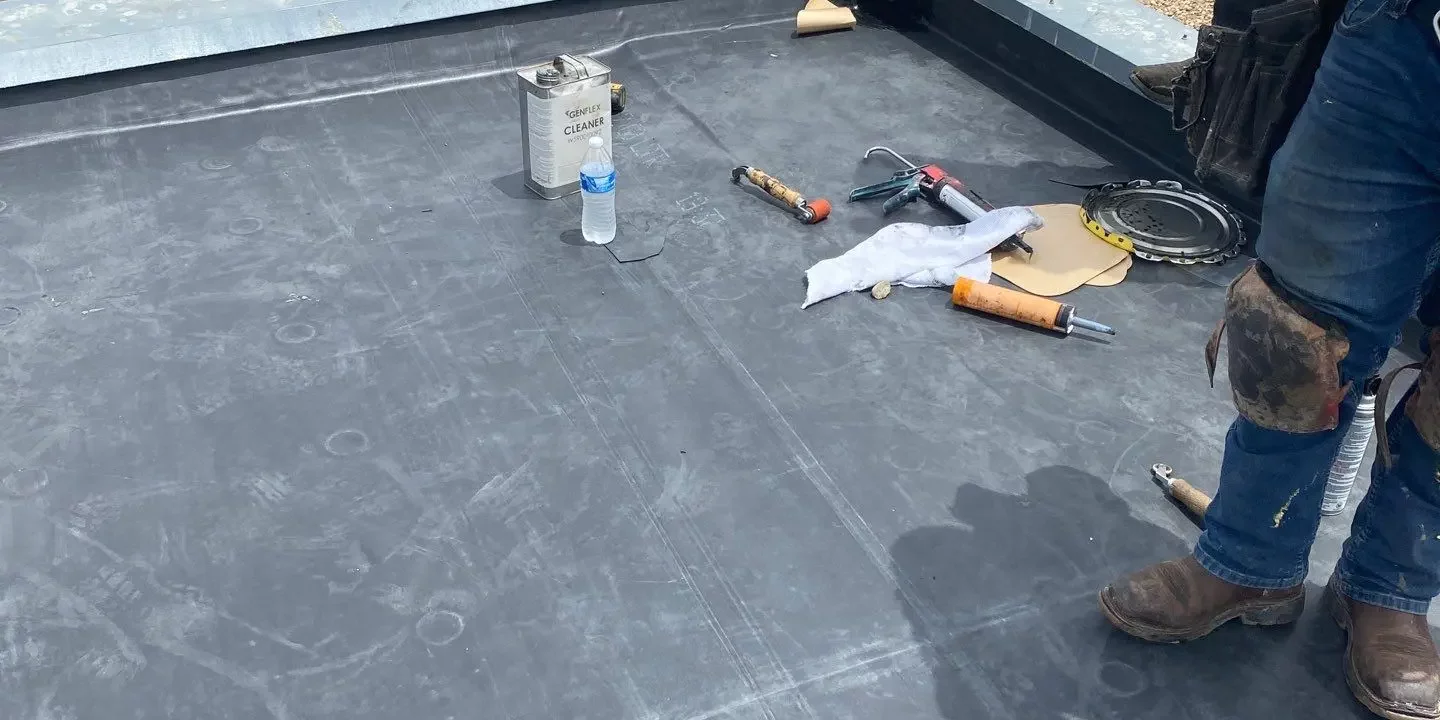Comparing White and Black Flat Roofing Systems
Introduction
Flat roofing systems are popular choices for commercial and residential buildings due to their affordability, ease of installation, and minimal maintenance requirements. Among the various options available, white and black flat roofing systems stand out for their distinct characteristics and performance attributes. In this article, we will delve into the benefits, drawbacks, and key differences between these two roofing systems to help you make an informed decision.
Benefits of White Flat Roofing Systems
Energy Efficiency
White flat roofing systems, often referred to as cool roofs, are designed to reflect more sunlight and absorb less heat than traditional black roofs. This reflective property helps in maintaining lower indoor temperatures during hot weather, thereby reducing the need for air conditioning and lowering energy costs.
Environmental Impact
By reducing the urban heat island effect, white roofs contribute positively to the environment. Lower surface temperatures mean less heat is transferred to the surrounding air, leading to cooler urban environments. This can significantly improve air quality and reduce greenhouse gas emissions.
Longevity and Durability
White roofs are typically coated with reflective materials that also act as a protective layer. This coating helps to extend the roof’s lifespan by protecting it from UV radiation, which can cause materials to degrade over time. Consequently, white roofing systems often require fewer repairs and have a longer service life compared to black roofs.
Drawbacks of White Flat Roofing Systems
Initial Cost
The initial installation cost of a white flat roofing system can be higher than that of a black roof. The reflective coatings and materials used in white roofs are generally more expensive, which can be a consideration for budget-conscious property owners.
Maintenance Requirements
White roofs tend to show dirt and debris more readily than black roofs, necessitating more frequent cleaning to maintain their reflective properties and aesthetic appeal. Without regular maintenance, the roof’s energy efficiency benefits can diminish over time.
Benefits of Black Flat Roofing Systems
Cost-Effectiveness
Black flat roofing systems are typically less expensive to install than their white counterparts. The materials used, such as asphalt and tar, are more readily available and less costly, making black roofs a popular choice for those seeking an economical roofing solution.
Ease of Installation
The installation process for black flat roofs is often quicker and simpler compared to white roofs. This can result in lower labor costs and reduced downtime for commercial properties.
Snow and Ice Melting
In colder climates, black roofs can absorb more heat from the sun, which aids in the melting of snow and ice. This can help prevent ice dams and reduce the risk of roof damage during winter months.
Drawbacks of Black Flat Roofing Systems
Energy Consumption
Black flat roofs absorb a significant amount of heat, leading to higher indoor temperatures during the summer. This increased heat absorption can result in higher energy costs for cooling and make indoor environments less comfortable.
Environmental Impact
The higher heat absorption of black roofs contributes to the urban heat island effect, exacerbating heat in urban areas. This can negatively impact air quality and increase the demand for energy, contributing to higher greenhouse gas emissions.
Longevity and Durability
Black flat roofing materials, such as asphalt, can degrade more quickly when exposed to UV radiation. This can lead to a shorter lifespan and higher maintenance costs over time compared to white roofing systems.
Key Considerations When Choosing a Roofing System
Climate
The local climate plays a crucial role in determining the most suitable roofing system. In hot climates, white roofs can offer significant energy savings and improved indoor comfort. Conversely, in colder regions, black roofs can help with snow and ice management.
Building Use
The intended use of the building can influence the choice of roofing system. For example, commercial buildings that require consistent indoor temperatures might benefit more from white roofs, while residential properties in colder climates might find black roofs more advantageous.
Budget
Budget constraints are always a key consideration. While white roofs may offer long-term savings through reduced energy costs, the higher initial investment might not be feasible for all property owners. Black roofs provide a cost-effective solution with lower upfront costs but may incur higher energy expenses over time.
Maintenance Capabilities
The ability to perform regular maintenance is another important factor. White roofs require more frequent cleaning to maintain their reflective properties, while black roofs may need more repairs due to faster material degradation.
Conclusion
Choosing between white and black flat roofing systems requires careful consideration of various factors, including energy efficiency, environmental impact, cost, and maintenance requirements. Each system has its unique advantages and disadvantages, making it essential to evaluate your specific needs and circumstances. By understanding the key differences between white and black flat roofs, you can make an informed decision that best suits your property’s requirements. For professional roofing services in Littleton, CO, consider GCCS Roofing, Inc., where expertise and quality service ensure the best roofing solutions for your needs.




